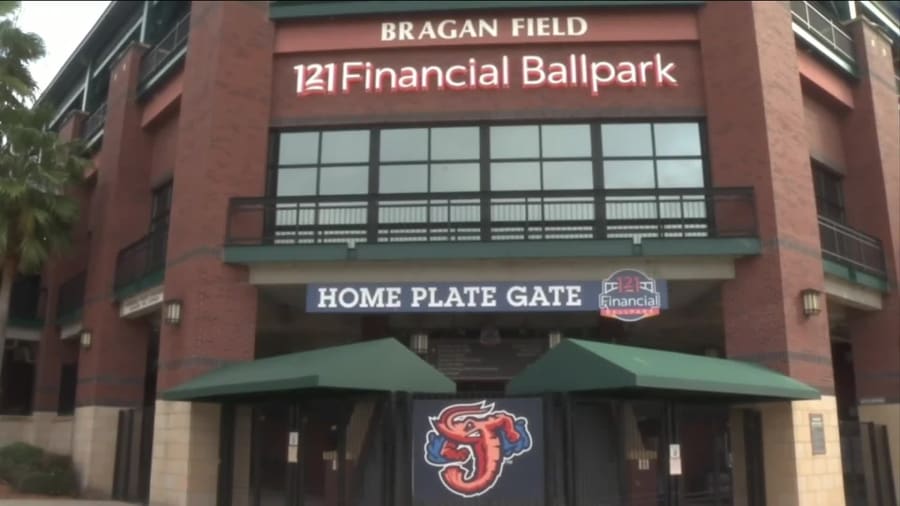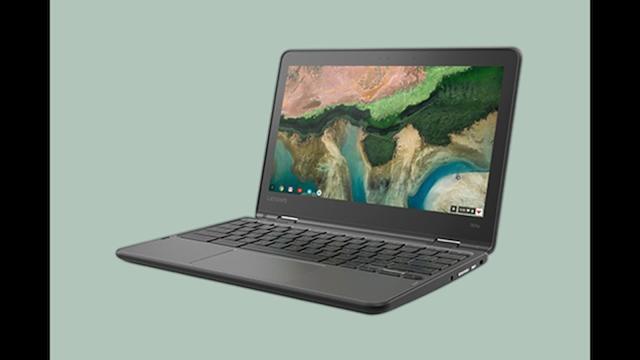JACKSONVILLE, Fla. – Stadium of the future talk, lots of it, has dominated the headlines and questions of fans since it was announced last week.
The team and the city are nowhere near a decision, and won’t seriously even start kicking around specifics until Mayor-elect Donna Deegan is sworn in on July 1. But the options, should a deal be reached, are a four-year renovation plan that keeps the Jaguars playing at TIAA Bank Field (2026-29) or a two-year plan that pushes the Jaguars out of their stadium.
Recommended Videos
News4JAX viewers weighed in on the topic this week, with 34% saying in a poll that they liked Ben Hill Griffin Stadium in Gainesville, followed by 29% saying to keep games in Jacksonville. Daytona International Speedway was third at 28% and Camping World Stadium in Orlando rounded out the grouping at 9%.
What are some of the pros and cons of staying in town and then playing games out of Jacksonville? We look at some of those here.
Pros of the in-town options
UNF’s Hodges Stadium and 121 Financial Ballpark are the two options locally that could possibly be updated to NFL specs. UNF’s Hodges Stadium seats 9,400 and 121 Financial Ballpark seats 11,000. Let’s say the Jaguars and the city agree to keep the team in Jacksonville and pick one of those two venues as the options. The proper money is invested and one of those facilities gets a seismic upgrade that turns it into a world class, mixed-use facility. The future options it would provide could be endless, with options ranging from hosting the high school football state championships or even potentially serving as a site for the NCAA track and field championships. The massive amount invested stays within the area and with one of those venues.
Another in-town option is playing games at TIAA Bank Field while it is under construction, something that team president Mark Lamping said is one of the options on the table. All three of these local options would keep the Jaguars in Jacksonville during construction.

Cons of the in-town options
Cost, both to get those brought up to NFL standards then the routine maintenance costs of keeping them once the team moves out.
Lamping has said that the two viable options in Jacksonville, UNF’s Hodges Stadium and the Jumbo Shrimp’s ballpark, would need in excess of $100 million of work to get up to NFL standards. The Chargers played games during Sofi Stadium’s construction at Dignity Health Sports Park (shown below), a 27,000-seat venue that temporarily bumped up seating to 30,000. Using that as a baseline, UNF would need to added roughly 21,000 new seats; 121 Financial Ballpark would need to boost its seating by 19,000. The cost of maintaining those expanded facilities would fall to both UNF and the city following the Jaguars’ use.
Stretching out the renovation over four years keeps the Jaguars in their stadium during construction, again, at an even greater cost. Lamping said that a four-year plan would keep the Jaguars in town but at an increased cost of roughly $190 million. The city would largely be responsible for those costs. How much would fan experience be disrupted during a four-year construction zone?
Pros of the out-of-town options
There are three sites that have gotten the most buzz — Ben Hill Griffin Stadium in Gainesville, Camping World Stadium in Orlando and Daytona International Speedway in Daytona Beach.
Let’s start with Gainesville. The Gators’ stadium has a seating capacity of 88,548. It is a 75-mile drive from Downtown Jacksonville. Florida plays in the SEC, arguably the best conference in college football. NFL teams playing in college stadiums during renovations or builds is quite common. The Bears (University of Illinois), Panthers (Clemson), Seahawks (University of Washington) and Vikings (University of Minnesota) have all spent a season or more playing at those colleges during construction. Florida is close enough to Jacksonville and the stadium is likely the closest to NFL specs.
Camping World Stadium in Orlando is 142 miles from Downtown. It doesn’t have a current tenant like Ben Hill Griffin Stadium. The field would be in relatively good shape for home games.
Daytona International Speedway is 90 miles from Jacksonville. It is equipped for heavy traffic and monster crowds. Its grandstands can hold more than 101,000 fans. The drive is all highway and would be an easy commute for fans. Soccer and football field setups can and have worked numerous times in Daytona. Bethune-Cookman University played four home games there in 1974-75 and the venue has been significantly upgraded since then.
In a statement, Daytona International president Frank Kelleher told News4JAX that “Daytona International Speedway met with the Jacksonville Jaguars this week to begin to learn about their possible future facility needs and DIS’ ability to potentially support them. It is too soon to provide updates on the progress of the talks, nor forecast the likelihood of a potential collaboration. Our two organizations are key partners in the Florida sports community and we look forward to continuing to explore possibilities with the Jaguars, all while we prepare for the upcoming Coke Zero Sugar 400 at the end of August.”
Cons of the out-of-town options
No out-of-town option is going to completely satisfy local fans, but here are the cons of the three most talked about choices.
Getting to Ben Hill Griffin for Gators games is always a little dicey due to traffic and speed traps. Would local Gators fans who made a Saturday drive to Gainesville return a day later to watch the Jaguars? There’s also a cost factor there that the Jaguars would have to factor in. Lamping hasn’t said yet what costs associated with playing in Gainesville would be but using 10-year-old data from a similar deal could give an idea.
When the Vikings played two seasons worth of games at TCF Bank Stadium at the University of Minnesota, it cost $6.6 million to bring the venue up to NFL standards. The Vikings paid the school $300,000 per game ($250,000 in rent, plus $50,000 in concessions, advertising and sponsorship) for the use of the stadium for weekend games. In 2010, the Vikings paid the school $1.7 million to use the stadium for Monday Night Football after its roof collapsed under the weight of snow.
Those numbers, adjusted for inflation, work out to nearly $16.5 million over two years (and no Monday night games).
Traveling to Orlando makes for a long, long day for Jaguars fans. Orlando traffic is abysmal, so fans would have to account for likely five hours of time on the highway. Camping World Stadium has undergone significant upgrades over the years but it’s still a dated facility. The travel time for this option is certainly the biggest detriment here. The Bears had fans make a two-hour commute for a season, but a drive for Jaguars fans would be even longer.
Daytona’s option, as Lamping has said, is wonky. There is little to no shade. The lines of sight wouldn’t be the greatest. Temporary seating would need to be brought in to place on the opposite site of the frontstretch.
But it is an option, one of many that the Jaguars will take into consideration.





